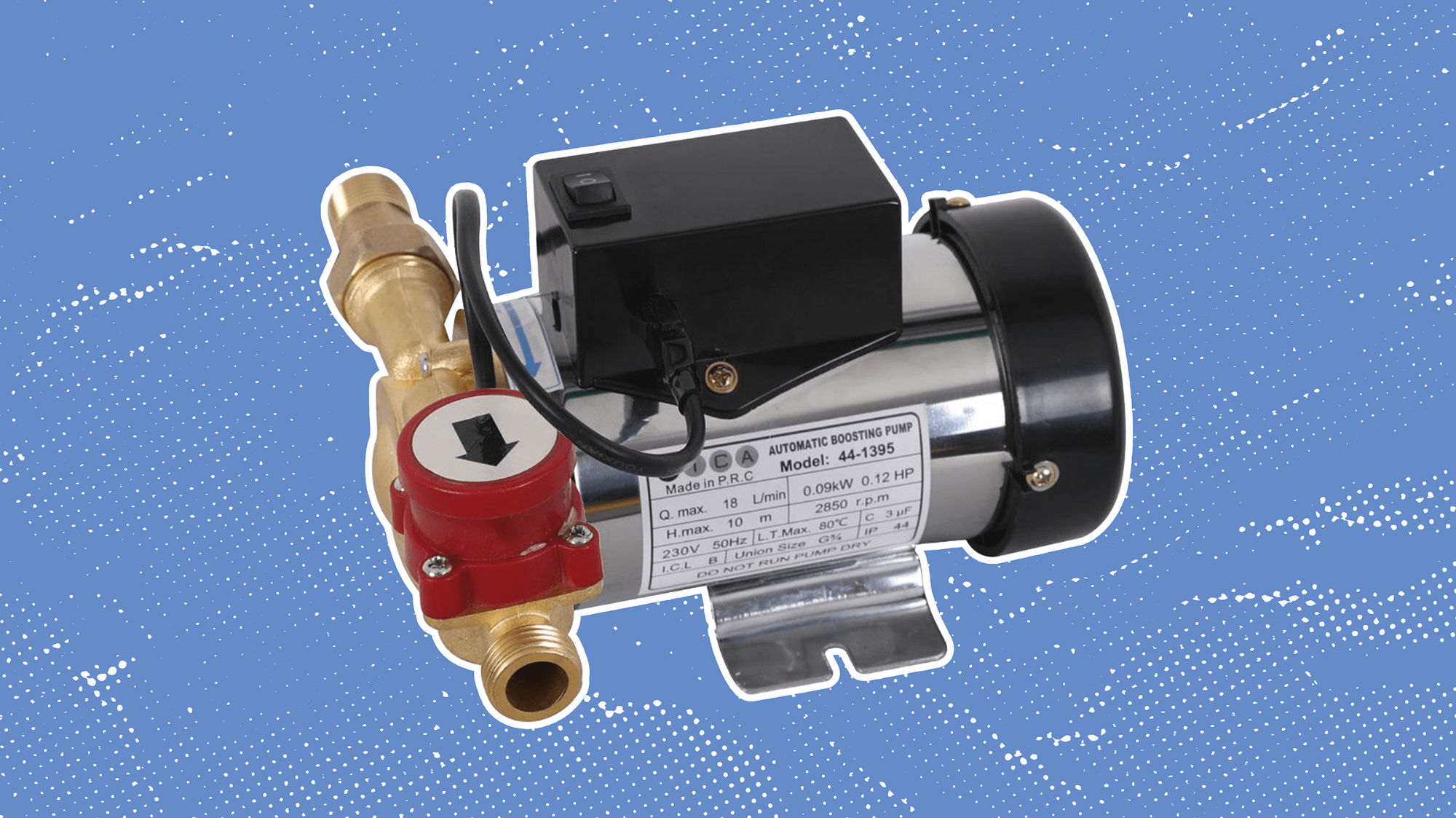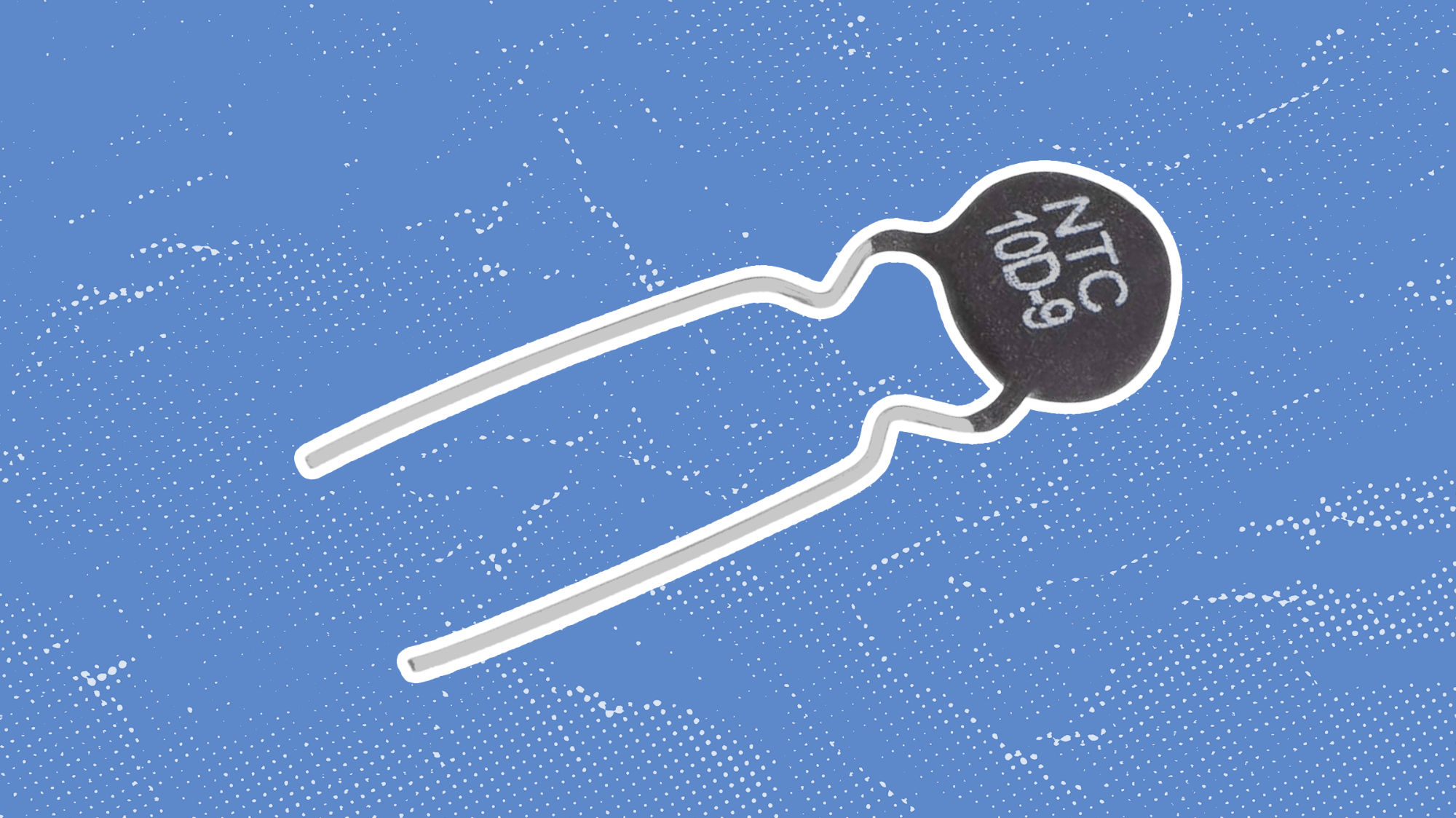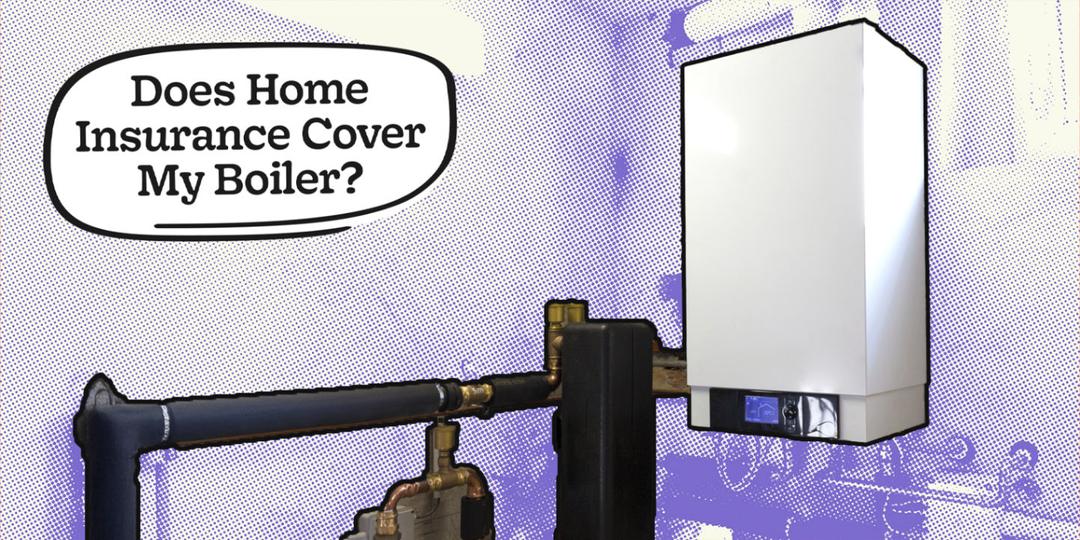Has your Vaillant boiler locked out and presented you with the F23 error code? Find out what it means with costs to fix in this handy guide.
As with a wide range of boiler brands, Vaillant’s boilers feature a whole host of built-in error codes.
These are programmed to appear when there are problems with your boiler.
By using the Vaillant manual, homeowners can figure out what any given error code means and find a potential solution.
Some of these faults can be dealt with DIY, while others must be dealt with by a professional.
But what about the F23 fault code specifically?
Boiler old, unreliable and costing a fortune in repairs? Simply answer these questions, get your fixed price and you could get a new one installed as quick as tomorrow.
What Does F23 Mean?
Put simply, if the temperature difference between your flow and return pipes remains greater than 35°C, the F23 error code appears.
As it does, your boiler will shut down for safety reasons.
The differences in temperature between the flow and return pipes will never be the exact same.
To explain more about what’s going on with these pipes, first hot water that your boiler uses to circulate through your heating system exits via the flow pipe.
On the other hand, the water that heads back to your boiler for reheating travels through the return pipe.
Naturally, the flow pipe will be warmer since it is providing recently heated water to your heating system.
After the water has travelled around for some time, it cools, meaning that the return pipe temperature will be lower.
However, if it surpasses 35°C, this poses functional and safety issues, causing your system to shut off and display an F23 fault code.
Join Thousands of Satisfied Customers:
We’re proud to be Which? Trusted Traders with over 10,000 glowing reviews on Trustpilot. Check out our Reviews and Testimonials page and watch Adrian’s video testimonial below to see why so many trust us for their heating needs.
Why Would My Boiler Pipes Temperature Difference Surpass 35°C?
There are various potential causes of an F23 error code (i.e. why the temperature difference of your boiler flow and return pipes have exceeded 35°C).
Here are the common explanations of an F23 fault code:
Faulty Pump - It’s possible that, on the one hand, your boiler is heating water as expected, but at the same time, the actual pump is failing to circulate water as quickly as it should. This could result in your central heating water being much cooler than it should be once it reaches the return pipe. The reasons for a faulty pump, to begin with, may include a stuck pump shaft or an incorrect speed setting. Furthermore, if you have an electric boiler, an incorrectly corrected circuit board can lead to a pump error.
Physical Blockage - If there is a physical blockage in your heating system, it can limit the ability of your boiler pipes to circulate water effectively leading to a greater temperature difference between your boiler’s flow and return pipes. Central heating sludge or an accumulation of limescale could be the culprit if a physical blockage is an issue at hand. Central heating sludge results from rust build-up in your pipes and radiators.
Airlock - An airlock could occur virtually anywhere in a heating system. This can also affect the capacity of your boiler pipes to circulate water correctly, which can ultimately lead to an F23 fault.
Thermistor Fault - The thermistor is responsible for the temperature management of your boiler. If the temperature isn’t regulated as it should be, it can lead to boiler faults including an F23.
Get in touch with us if you have any queries about an F23 fault or a related issue with your Vaillant boiler.
Can I Fix an F23 Error DIY?
Whether or not you can solve this fault by yourself will depend on the cause. If in any doubt, you should hire a professional.
We’ve broken down the answer to this question based on the cause.
Faulty Pump - No
If a boiler pump is faulty, it likely needs to be replaced. Unfortunately, this cannot be done DIY.

It is dangerous and illegal for someone to replace a faulty pump unless they are Gas Safe Registered. As a result, you’ll need to hire a qualified heating engineer.
Airlock - Generally, yes
Thankfully, it’s usually fairly straightforward to remove an airlock from a heating system. This can usually be achieved by bleeding your radiators.
To bleed your radiators, you must:
Ensure your heating is off (of course, it should be given that your boiler has an F23 fault). Your radiators must be cold before you begin.
Place a towel and basin beneath the bleed valve of the first radiator you wish to bleed.
Insert the bleed key into the valve.
Slowly turn it counterclockwise.
You should hear a hissing noise as the air starts to escape.
Once the water begins to exit through the bleed valve, it’s time to turn the key clockwise, back to its original position, closing the valve.
Repeat this step for additional radiators.
You may need to perform a reset of your boiler for the fault code to vanish.
You may be interested in Gas Engineer Allen Hart explaining the most common boiler problems and how you can resolve them in the video below:
Physical Blockage - Generally, yes
If there is a physical blockage, you’ll want to flush your radiators. This approach is reasonably similar to bleeding radiators, however, it is suitable to remove physical blockages in particular.
Here’s how you can flush your radiators:
Turn off the heating and ensure your radiators are cool. Again, this should automatically be the case.
Lay out towels beneath your radiator.
Turn off the thermostatic radiator valve. Twist it to its off or ‘0’ position.
Remove the plastic cap from the lockshield valve before turning it clockwise to turn it off. Take note of how many times you turn it.
Position a bucket underneath the thermostatic radiator valve.
Open the bleed valve with the bleed key to let air into your radiator.
Let the water and sludge fall into the bucket.
Loosen the lockshield valve to encourage more water to pour out. Feel free to tilt your radiator but please do so in a safe manner. It might be best to have a second pair of hands here to help you out.
Close the bleed valve using its key.
After the water flow stops, feel free to disconnect the radiator and take it off its brackets.
Tilt your radiator one way while safely fliting to ensure you can tip out whatever water is left into buckets/containers.
Head outside to flush the radiator. Please prepare a safe and suitable environment to achieve this.
Next, you want to fit your hose onto the pipe inlet.
Turn the water on so you can flush out the sludge from within.
If you’d like, you can also move your garden hose to the inlet on opposite side. Keep flushing your radiator until the water pouring out is totally clear.
Finally, you can re-attach your radiator by reversing the explanation mentioned above that applied for disconnecting.
Turn the lockshield valve counterclockwise. Do this X number of times with X being the number you jotted down earlier.
Open the bleed valve to expel trapped air. Close the bleed valve again. At this point, hopefully, the problem will be fixed.
If this doesn’t work, we recommend hiring a professional to perform a power flush.
It is possible to power flush DIY, but you need to be extra careful, ensure you take all necessary safety steps and follow the instructions given by the manufacturer.
Moreover, a power flush can deal with sludge elsewhere in the pipework. After all, sludge or limescale doesn’t only accumulate in radiators.
Thermistor Fault - No
Like repairing or replacing a faulty pump, dealing with a thermistor fault must be dealt with by a professional.

This is true whether the thermistor needs to be repaired or replaced.
Cost of Hiring a Heating Engineer to Fix an F23
Whether you are hiring a professional out of necessity or out of preference (e.g. to bleed radiators), you’ll want to know what sort of pricing you’ll be looking at.
On average, a Gas Safe Register engineer charges somewhere in the region of £30 to £60 an hour but it will depend on factors such as where you live.
Here is what they may charge for specific fixes:
Replacing a faulty pump - £150 to £400.
Bleeding five to ten radiators - £80 to £120.
Bleeding ten to twenty radiators - £100 to £200.
Flushing radiators - £200 to £400.
Power flushing radiators - £300 to £500.
Replacing a thermistor - £80 to £230.
Replace a boiler - £800 to £2,800.
If your boiler is particularly old and, for example, a faulty pump must be replaced or even if the thermistor needs replacing, it may be more suitable to have your boiler replaced.
That said, a boiler replacement does not come cheap and with the ongoing cost of living crisis, we understand how that may not be appealing.
However, the good news is that it’s possible to purchase a boiler and have it installed both on finance.
This would then allow you to break up your payments over a period of one to two years in most cases.
Is your Vaillant boiler experiencing some of the brand's most common fault codes? We have covered many Vaillant boiler error codes in the following guides:
Will my Warranty Cover Repairs or Replacement Work for an F23 Fault?
Vaillant boiler warranties only apply if a repair is required that relates to a defect somehow caused by how your boiler was manufactured.
Therefore, in most cases, this will not apply, such as a fault that has resulted from the misuse of a boiler or for some other reason unrelated to its manufacture.
Moreover, even if the repair relates to a manufacturing error, it’s vital that your boiler’s warranty is still valid.
Vaillant boiler warranties can vary so it’s important to know the length of your specific boiler’s warranty. Certain terms and conditions also cover these warranties.
To give some examples, a domestic Vaillant boiler requires the following for a valid warranty:
It is serviced annually by a Gas Safe Registered engineer.
The boiler is fitted and commissioned within six months of despatch. A Gas Safe Registered must also have undertaken this instalment.
Ultimately, it’s not likely your warranty will cover a specific repair or replacement job needed for your Vaillant boiler including for solving an F23 error code.
Looking for a great deal on a new boiler?
If so, get your boiler replacement installed with Heatable. Here’s why:
Gas Safe installation within 24 hours.
Thousands of happy customers – an average score of 4.9 on Trustpilot (that’s better than the market leader).
Price match guarantee – if you find a cheaper quote, we will match (must be like for like).
Multiple payment options - interest-free available.
10-year guarantee.
Fixed price guarantee – no hidden costs.
Save your quote until later.
Use this clickable form to get a fixed price on the screen instantly.
Heat happy.





